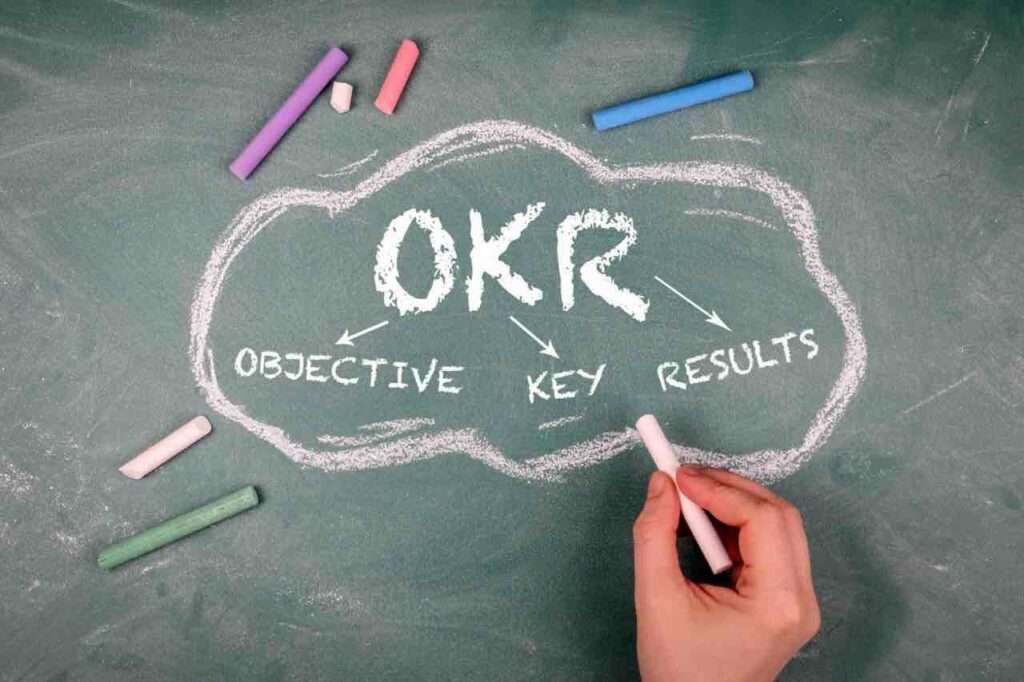OKRs: Strategic orientation
In today's dynamic business world, it is crucial for companies to react quickly and flexibly to change. For many companies, agility at team level is already the order of the day, but this is by no means a guarantee for the coordinated implementation of the corporate strategy. So how do you ensure that all teams and employees are working in the same direction and pursuing common goals? This is where the OKR model comes into play.
1 What are OKRs?
The OKR model stands for Objectives and Key Results and is a management tool that helps companies to react quickly and flexibly to changes. It consists of two components: Objectives and Key Results. Objectives describe the goals that the company wants to achieve. Key results are measurable results that contribute to achieving these objectives. Each team and each employee defines their own OKRs, which in turn contribute to the overarching corporate objectives.
2 What are the advantages of OKRs?
An agile organization benefits enormously from the application of the OKR model, as it creates a link between the vision, mission and strategy and short-term operational planning. The OKR model creates clarity about the most important goals at all levels and enables a rapid response to changes through the ongoing OKR process. Furthermore, the goals are harmonized between departments, teams and employees, which ensures strong alignment. The OKR model enables transparent decision-making processes and thus creates clarity regarding the use of scarce resources. Clear priorities and a consistent focus reduce stress and excessive demands. Teams and employees are also heavily involved in setting goals. At the same time, transparent indicators for measuring success are created for all areas, which enable effective monitoring of success.
3 What needs to be considered when introducing OKRs?
When introducing OKRs, it is important to take a close look at the framework conditions of your own company. This includes, for example, reviewing the company's vision, mission and strategy as well as its culture and organizational structure. Competing target systems, such as bonus systems, must also be considered.

Conclusion
The OKR model is an effective tool for companies that long for strategic alignment and collaboration across all hierarchical levels. To unlock the full potential of OKRs, OKRs are based on a clear corporate vision, strategy and values. We at wibas accompany you through Consulting and Training on the way to a dynamically robust organization and look forward to hearing about your experiences and challenges with OKRs in the comments or on the phone. If you would like to find out more about the topic, you can find my Book recommendation.
If you already have prior knowledge and would like to support your organization with the introduction of OKR, you can learn more about it in our OKR Practitioner Training on 22/23.06. with which tips and tricks this works best.

Write a comment